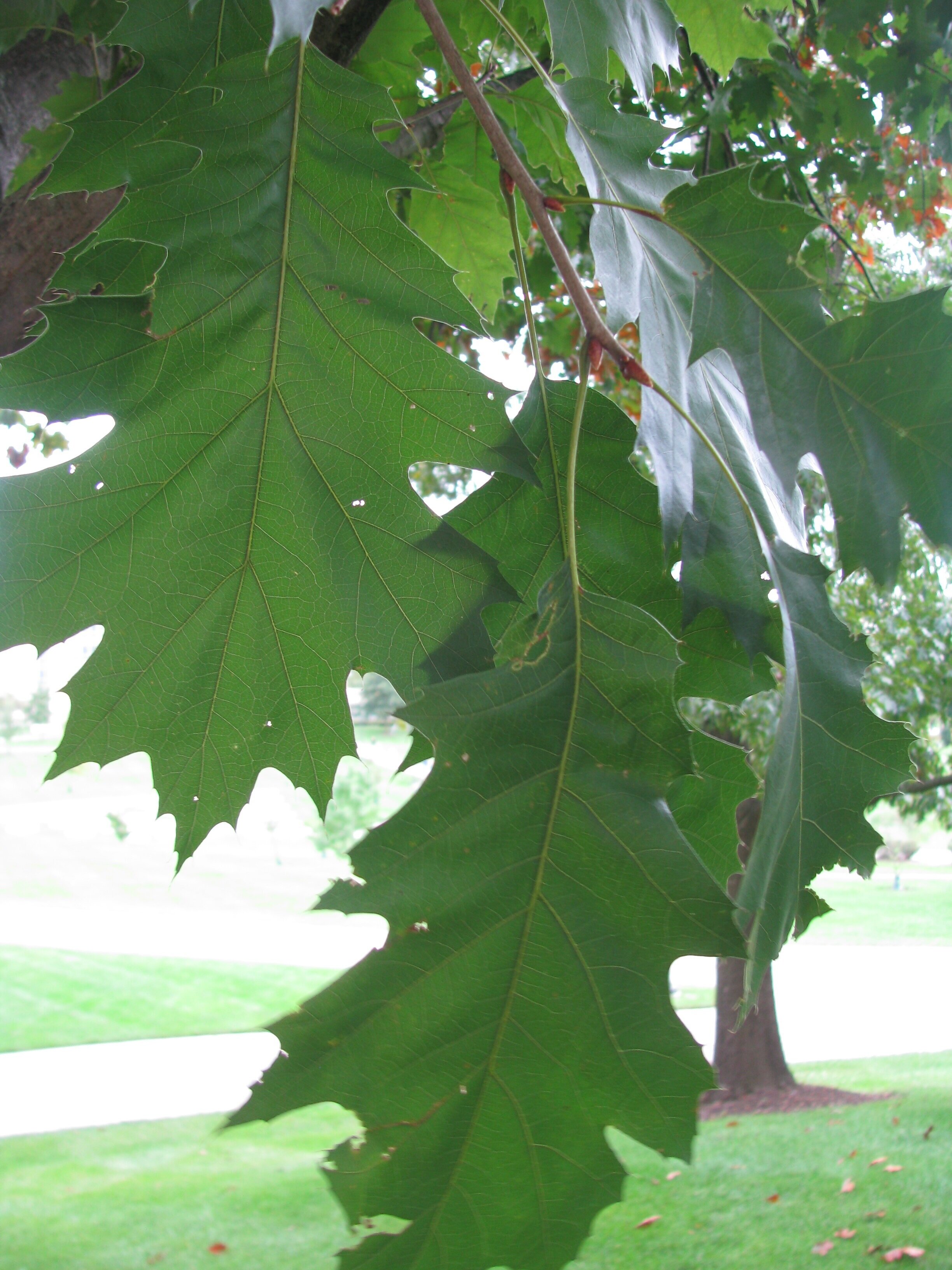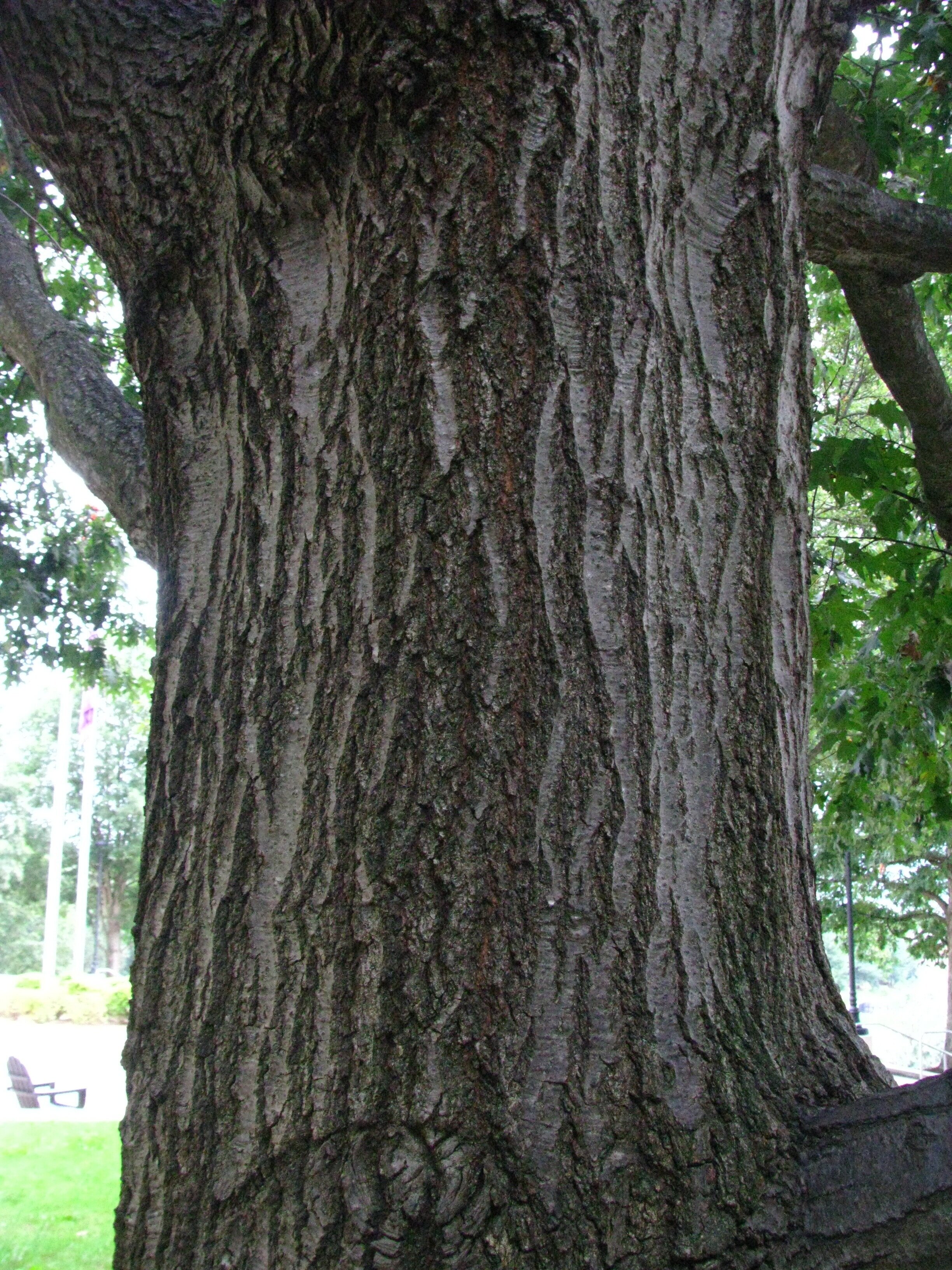Oak










Oak
Quercus spp.
Plant for the health of the forest, for the flourful mast, for firewood and mushroom logs, and for those coming after us!
See species below for hardiness zone and dimensions.
“Three hundred years to grow,
three hundred more to thrive,
three hundred years to die –
nine hundred years alive.”
-Robert Macfarlane
Oak has been a sacred tree in many mythic traditions around the world, speaking to the spread of Quercus’ nearly 500 species, 90 of which grow in North America. In Europe, the tree often associates with lightning and thunder gods, perhaps because lightning often strikes tall heights with deep taproots. The name Oak conjures up symbols of strength and power, both because of its appearance and its common use as dense timber. But this connotation has also been terribly misshapen with Oak as a symbol of war, empire, and racist states.
We see Oak in a different light, as a forest caretaker and carefree giver. Around here, we live in Oak-Hickory Forests of the Central Appalachian Valley, which means Oak is a keystone species that sustains many others, including 500 species of insects, such as Lepidoptera (moths and butterflies), who feed on the leaves. In many ways, Oak is the preeminent keystone species. These trees bear incredible amounts of nuts known as mast, a word descending to us from Old English and probably related to meat. Which is definitely appropriate, because this rich food feeds the forest in a mast year. Only one in about 10,000 acorns grow into treehood, with many thousands feeding nut-foraging species, such as us!
We’re excited about the potential for tree crop economies of balanophagy (eating acorns), always on the lookout for Oaks in mowed yards or pastures where we can easily squirrel away nuts to make flour and oil. Humans have eaten acorns, fresh or flour ground, for thousands of years, certainly longer than we’ve been eating wheat. But leach the acorns first! Tannins give them a bitter flavor, but those tannins are handy for tanning hides and medicinal uses (as well as casks for whiskey and wine). Pigs don’t mind a little bit of bitters: grazing hogs on the mast is an ancient and delicious agricultural tradition in Mediterranean wood pastures, like the dehesas of Spain and montados of Portugal. Woodland values in the Middle Ages were based on how many pigs could be fed on the mast. Asian acorn cuisine dates back thousands of years and continues, especially in the Korean peninsula from the family to factory scale to make tofus, pastas, and most popularly dotori-muk, an acorn starch jelly originally from mountainous regions.
In the Eastern Woodlands of North America, people harvested acorns long before corn traveled north, and used them long after too. Most Indigenous tribes of so-called California relied on the perennial flour of acorn as a staple crop for porridges, soups, and bread. Acorns drop abundantly, store well for years in granaries or caches, and are very nutritious, high in protein, fat, carbs, antioxidants, as well as calcium, phosphorus, and potassium, and niacin. As a keystone species, Oak supports a high carrying capacity, sustaining dense human populations and wildlife. Cultural burns turned Oak savannahs into orchards. Fire fertilized and cleaned competition in the understory, invigorating tree growth and making harvest much easier while also reducing the threat of wildfire. The Indigenous culture of acorn harvest and processing is intricate and skillful, and still persists despite the invasion of European conquest and U.S. colonization.
Oak offers a home for wildlife and a sturdy windbreak. The trees are broadly categorized into Red and White, both prized for their lumber, an industry which fueled the colonization of this continent. Much of the old Oak-Hickory Forests east of Appalachia were cut down before 1800 because of the economic timber demand both in Europe and the United States. But given the chance Oaks grow back with vigor. Their quick desire to resprout makes suberb coppiced fuelwood and mushroom logs, especially Shiitake, Japanese for “mushroom of the Oak.” New summer sprouts, from coppicing or insect damage, are known as Lammas leaves, named for the Celtic harvest festival.
Old folklore suggests that carrying Oak boughs protects you from harm, planting acorns in moonlight ensures money’s on the way, or carrying acorns with you increases your sexual potency. We can neither confirm nor deny these beliefs.
Right now, we propagate two species of Oak:
Red (rubra)- also called Northern or Eastern Red Oak, for the ruddy Fall color. An excellent hardwood for furniture, finishing, and floors, and a wonderful living tree for nests and browse. The bark has been known as medicine for heart and bronchial infections. Commonly planted as a shade or ornamental tree because they’re fast-growing and tolerant of pollution, which is why they’ve also been used to replant coal mining sites. We propagate our Red Oaks from large nuts we gather from tall healthy trees in a university grove. Hardy from Zones 3-8, 60-75 feet tall (sometimes over 100), 40-60 feet wide.
Bur (macrocarpa)- attracts songbirds and other forest friends, with large-lobed leaves turning yellow in Autumn, often planted as an ornamental shade tree because they can at least withstand air pollution from car exhaust. With extensive roots and thick bark, they’re also one of the most drought tolerant, cold hardy, and fire sturdy Oaks, at home in a wide range of habitat from riparian buffers to dry ridges. Bur has the biggest acorns of any Oak, hence the species name macrocarpa, andBur becauses the bristly cup bears a passing resemblance to Chestnut burs. We propagate our Bur Oaks from Virginia’s biggest Bur Oak just around the mountain: 19 feet around, 82 feet tall, and the crown is 108 feet wide! Bur Oak acorns are an incredible source of nut flour because of their size and low tannin content! Hardy from Zones 4-8 (but may tolerate Zone 3), 70-80 feet tall (sometimes over 100), over 80 feet wide (also sometimes over 100).